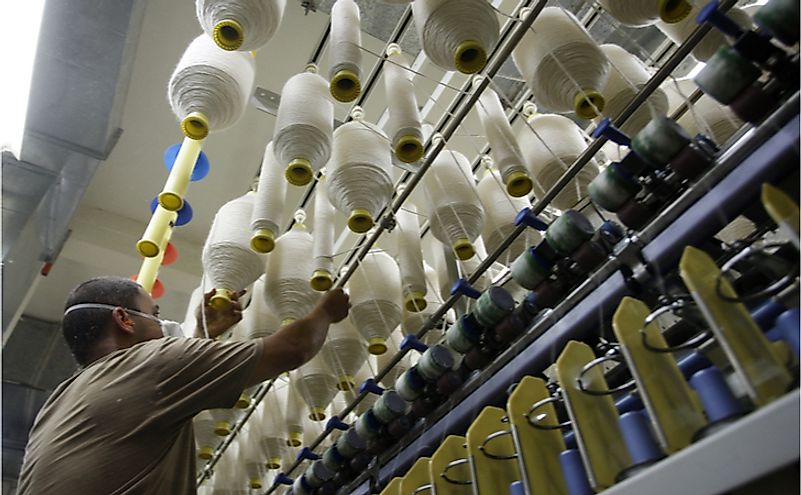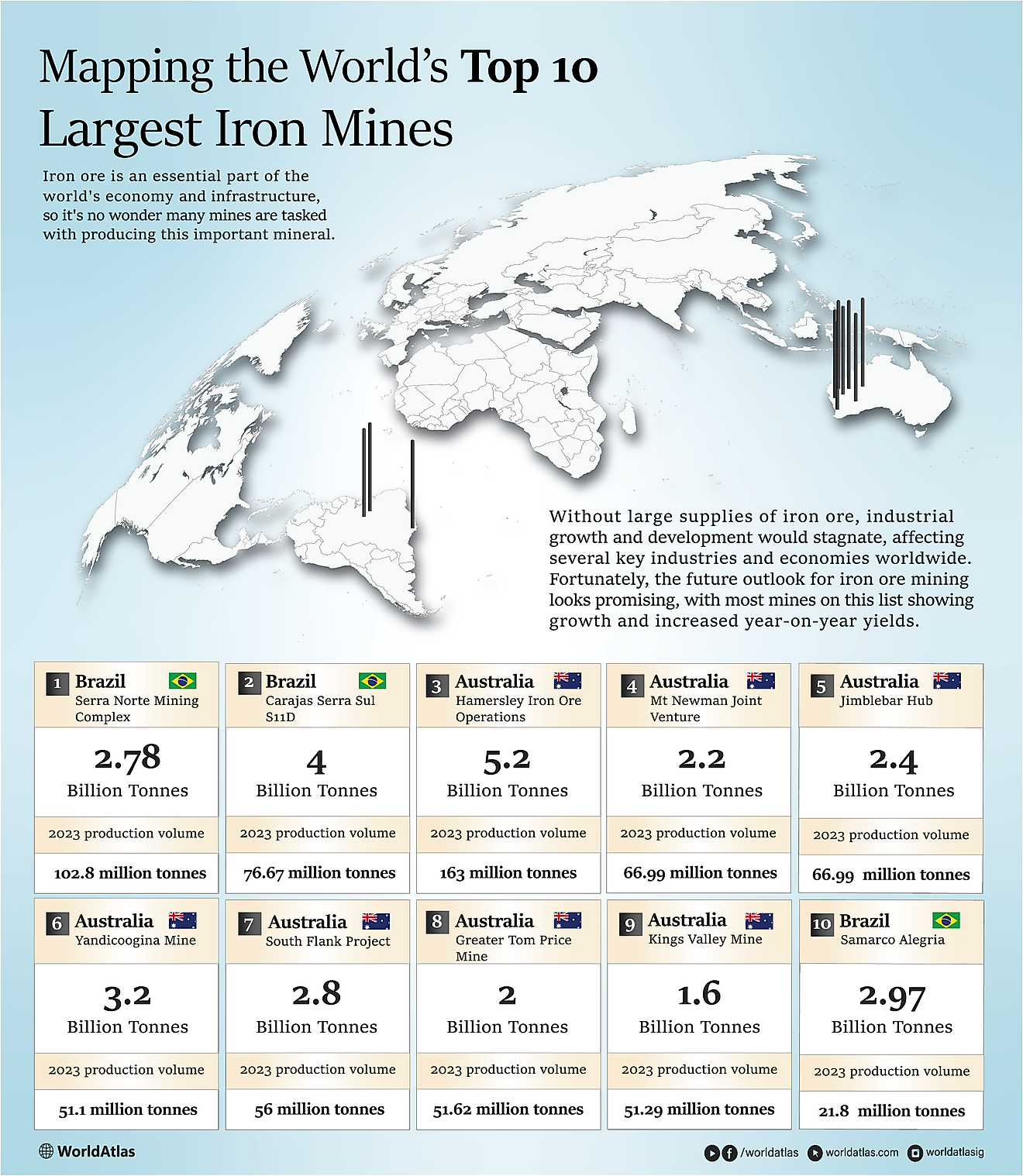What Are The Biggest Industries In Colombia?

Colombia is among the biggest economies in Latin America and is an upper middle-income economy. Petroleum accounts for about 45% of the nation's exports while manufacturing account for about 12% of the country's exports. The information technology sector is one the fastest growing in the world with developed IT infrastructure such as the longest fiber-optic network in South America. In the last decade, the country experienced a considerable economic boom. The country was the 5th largest economy in Latin America in 1990 with of GDP of $1,500 before rising to become the 4th largest in 2015 and the 31st largest in the world. By the year 2015, the GDP per capita had risen to $14,000 and the GDP was $700 billion. The poverty levels had also dropped from highs of 65% in 1990 to 24% by 2015. Industries such as electronics, shipbuilding, tourism, mining, construction, and automobile grew rapidly between the 2000s and 2010s. The country is the 2nd biggest producer of domestically made appliances and electronics outside Mexico. The nation has the fastest growing economy in the western world. The government has in recent years shown a keen interest in exporting the nation’s pop culture through video games, movies, fashion, music, TV shows, and cosmetics to diversify the economy and improve the country’s image on the world stage.
Manufacturing
The nation has been producing domestic appliances since the 1930s, but it was not until the 1990s when the corporations in the country began exporting the products to neighboring countries. The country is also a hub for foreign appliance manufacturing with companies such as GE, LG, and Whirlpool showing interest in setting plants in the country. The country is currently the third largest producer of appliances after Mexico and Brazil. The country is also a major producer of electronics in South America and provides the second largest market for high tech electronics in South America. Corporation in the country began aggressive exporting electronics to foreign markets in the 2000s. The government also launched a national campaign to boost the market share for local companies.
Textile and Fashion
The city of Medellin is the nation’s traditional center of textile production. In 2015 the garment industry experienced growth rates of 4.4% while the textile industry dropped by 7.7%. From 2004 to 2014 the nations fashion industry grew at a rate of 4.2% per year and reached production of $8.7 billion only behind Brazil and Argentina. A large domestic market boosts manufacturing of clothing. The industry faces challenges in competing with contraband products that find their way into the country. An estimated 40% of national clothing sales are linked to smuggled goods.
Construction
The construction industry in the country has been growing at a rate of 20% per year and plays a crucial role in the country’s economy. The country is currently witnessing a construction boom with the government investing heavily in the construction of heavy transportation infrastructure in a bid to attain the “Fourth Generation Network" plan. The government rolled out a plan to construct 4,349.598 miles of roads between 2016 and 2020 to reduce travel time by 30% and transportation cost by 20%. The transportation infrastructure that is being targeted for improvement includes railway systems, port facilities, expansion of the airport, and enhancing navigation of Magdalena River.
Agriculture
Agriculture remains one of the most import sectors in the economy and it provided about a fifth of the nation's jobs in 2006. The nation's diverse climate allows the cultivation of numerous crops and forest products including tropical hardwoods in the hot areas and eucalyptus and pine in colder areas.
Energy
The oil industry in the Colombia has been among the most prominent in the country and has played a key role in propelling the country's economic growth. The industry accounted for about one-fifth of Foreign Direct Investment over the last decade. The industry provides about half of the country’s export revenues and about 30% of the government's income. The lowering in global oil prices from over $100 per barrel in 2014 to about $30 in 2016 had a huge impact on the nation's economy.
Banking
The nation’s banking sector is fairly strong and has been experiencing double-digit growth rates in the loan portfolio. The sector's profitability has been good despite the relative slowdown in the national economic growth. The loan portfolio growth in the financial sector reached 15.5% in 2015. The Colombia’s Financial Superintendence, however, reported a rise in non-performing loans from 3.05% at the beginning of 2015 to 3.08% in August 2015. The capital adequacy ratio dropped to 15.2% in the same year but remained above the 9% minimum legal requirement.
Services
The services sector accounted for about 15.3% of the nations GDP in 2015 and grew at a rate of 2.8% in the first nine months of the year. The services sector has huge untapped potential in areas such as business process outsourcing and call centers. In 2014 the sector had over 3,000 companies with revenues of about $5 billion. The high level of human capital, as well as the competitive cost structure, means that the country has the potential to transform into a regional hub for service industry. Tourism is one of the most important components of the service sector and is supported by the nation’s history, cultural, and geographical diversity. The country has modern and attractive hotels in the capital and other metropolitan areas. Other attractions offered by the country include remote jungles, Caribbean coastline, and steep mountain ranges.
Incentives to Industrial Growth
The country's government is committed to free trade and had about 13 trade agreements in 2015 and another eight under negotiation. The government does not actively engage in industrial policy and subsidizing of key industries. The main incentives for manufacturers include free economic zones which have reduced corporate taxes and preferential trade tariffs and public-private partnerships which are also referred to as Productive Transformation Programmes (PTP). The Productive Transformation Programmes focus on 11 segments in the manufacturing industry to bring together the public and private sectors to promote national industry and enhance technology and training transfer. The nation's high corporate taxes and labor costs have diminished the country's competitiveness.







